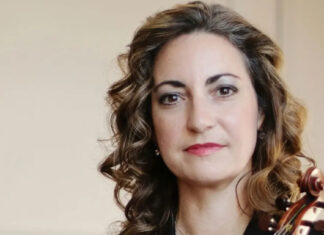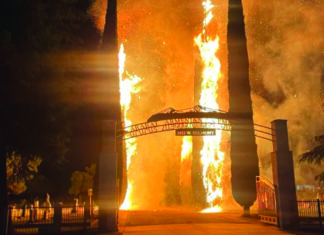By Anna Yukhananov
Special to the Mirror-Spectator
WATERTOWN, Mass. — When Ruth Thomasian was a young costume designer in New York City with Broadway aspirations, she started working on a play that had Armenian characters from the turn of the last century.
“I needed visual research to make their costumes,” she said. “What did the Armenians look like? What made them different? I immediately thought of old photographs.”
Thomasian put out an advertisement in a local newspaper and received one photograph in return. Yet, that one photo was enough.
Intrigued by the initial photographs she found, Thomasian decided to leave her work as a costume designer to focus full-time on collecting photographs of Armenian communities.
“If I stayed in theater and wanted to make it to Broadway, I couldn’t be distracted by side projects,” she said. “And I knew that if I waited 15 or 20 years, the people in the photographs would be gone.”









